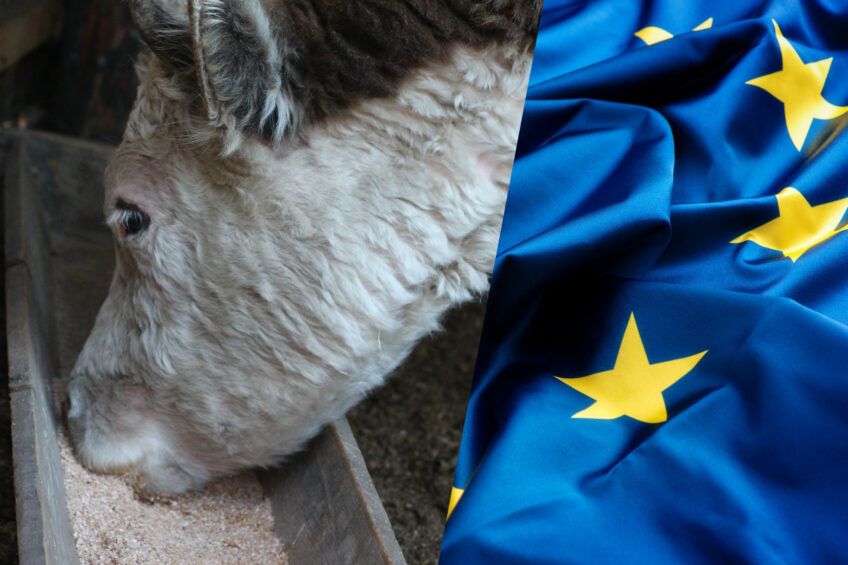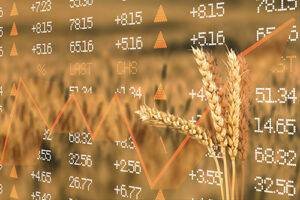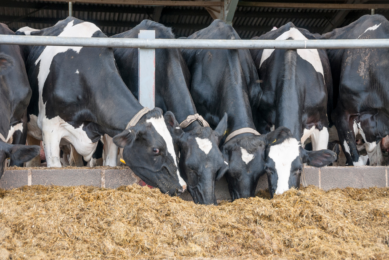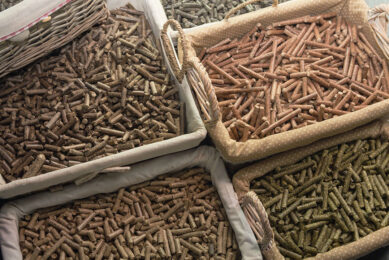Mixed outlook for EU Compound Feed Production market

Economic, regulatory and environmental factors are all influencing the mixed outlook for EU compound feed production with varying trends taking place across livestock sectors.
The poultry feed industry is the only sector showing sustained growth for 2024 and this comes after a range of issues affecting many EU nations last year.
European trade body FEFAC says the main market drivers for this year include economic uncertainty, regulatory changes and ongoing environmental and animal welfare policies. These factors will continue to shape production dynamics across the EU, with varied impacts on different animal feed sectors.

Based on data collected by FEFAC, industrial compound feed production within the EU27 is expected to decrease this year by 0.3% compared to 2023, to 147m tons.
- Poultry feed production is set to grow by an anticipated 1.6%, as nations such as France, Spain, Italy and Portugal recover from devastating avian influenza outbreaks over the past couple of years. However, there are still concerns about imported poultry meat and shifts from organic production towards standard conventional production may affect overall market dynamics.
- The cattle feed sector is expected to remain relatively stable, with minor growth or reduction depending on regional conditions. Ireland is expecting modest growth due to a delayed grazing season while the Netherlands anticipates further decreases in both its dairy and beef sectors of around 5%, driven by ongoing regulatory and environmental challenges.
- The pig feed sector will face continued challenges with a projected decline of between 1-2%, due to economic and disease (African Swine Fever) issues. But the situation isn’t consistent across the whole of the EU, with Ireland and Poland set to see modest increases (+3%, +2.7%) in pig numbers. Other countries such as Germany, Belgium and the Netherlands face ongoing political pressure from national governments to reduce farm emissions or the number of animals, and this all leads to a high level of uncertainty for the sector’s outlook.
A lot of constraints but we’ll survive. It’s possible to build a resilient, competitive and sustainable food chain with the feed sector as an anchor
Jaime Picarra, secretary general at IACA, the Portuguese feed industry
Commenting on the figures, Jaime Picarra, secretary general at IACA, the Portuguese feed industry, said there were difficult times for the livestock sector in Europe.
The European compound feed industry employs more than 100,000 people on 3,200 production sites. Farm and pet animals in the EU27 consume an estimated 644m tonnes of feed per year of which nearly a quarter (23%) are produced by compound feed manufacturers. The turnover of the sector is estimated at €50bn.











